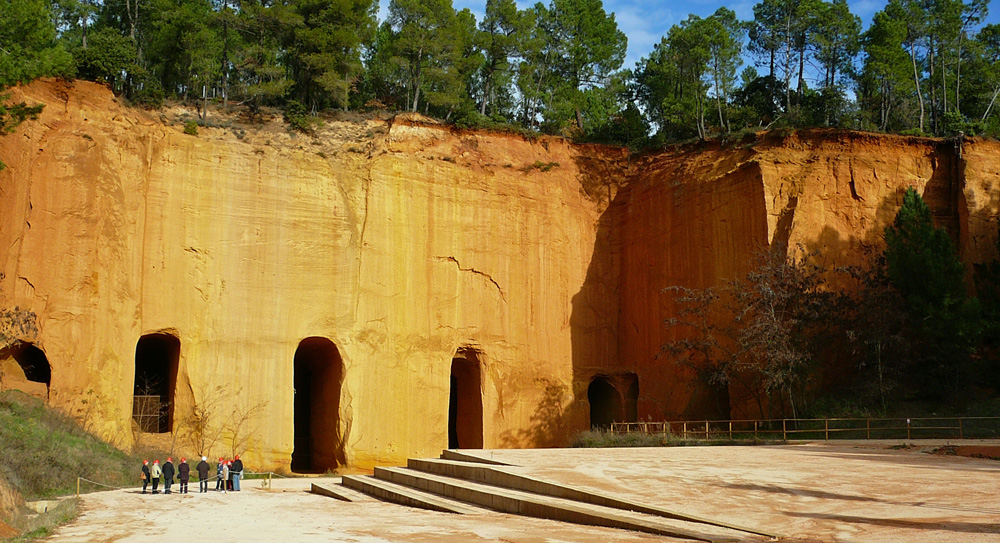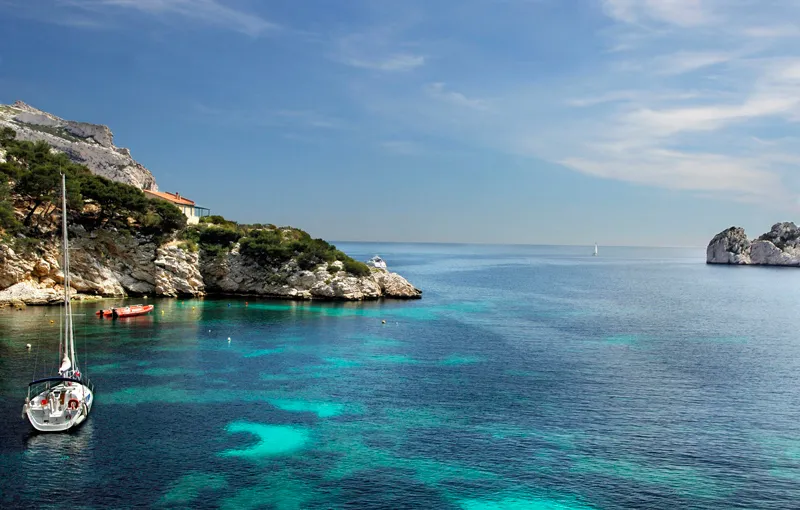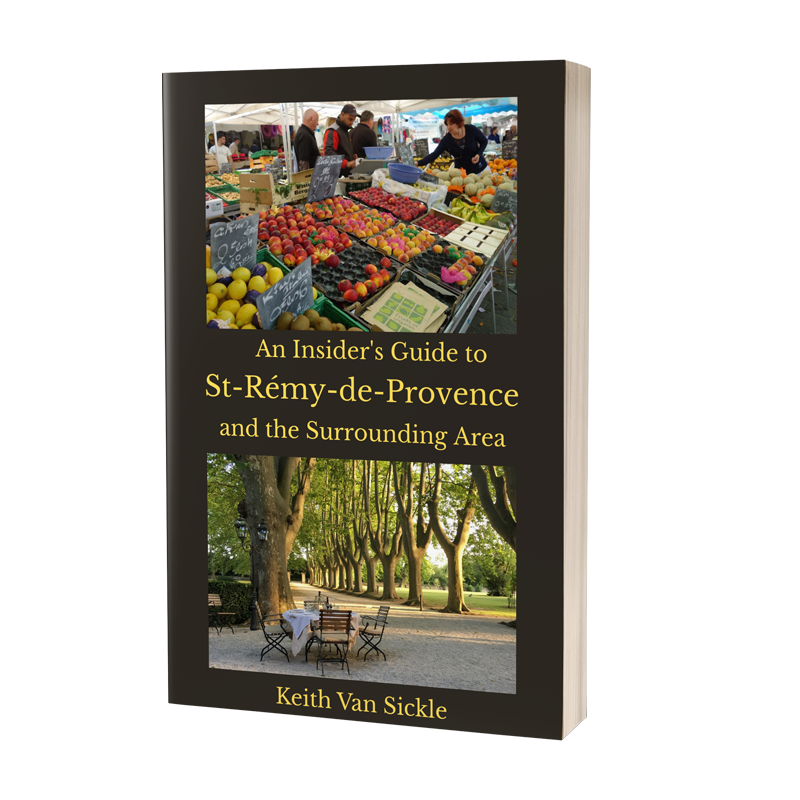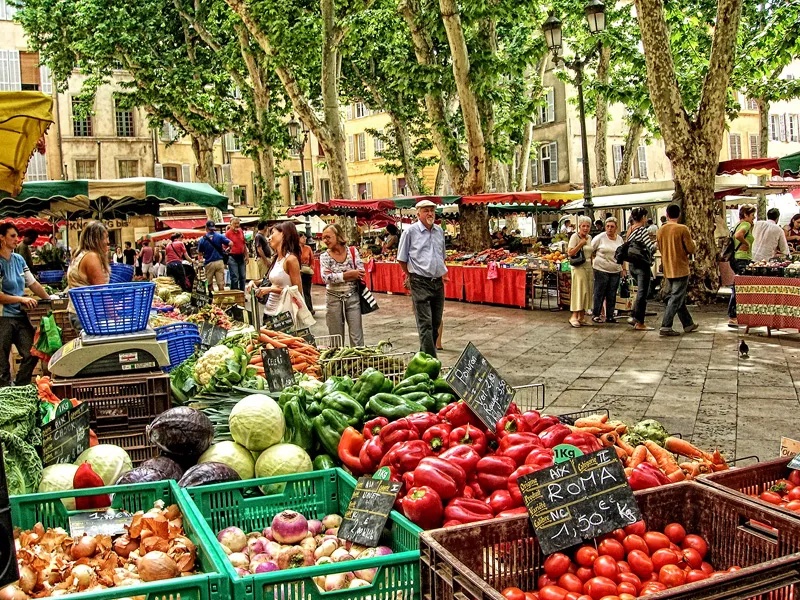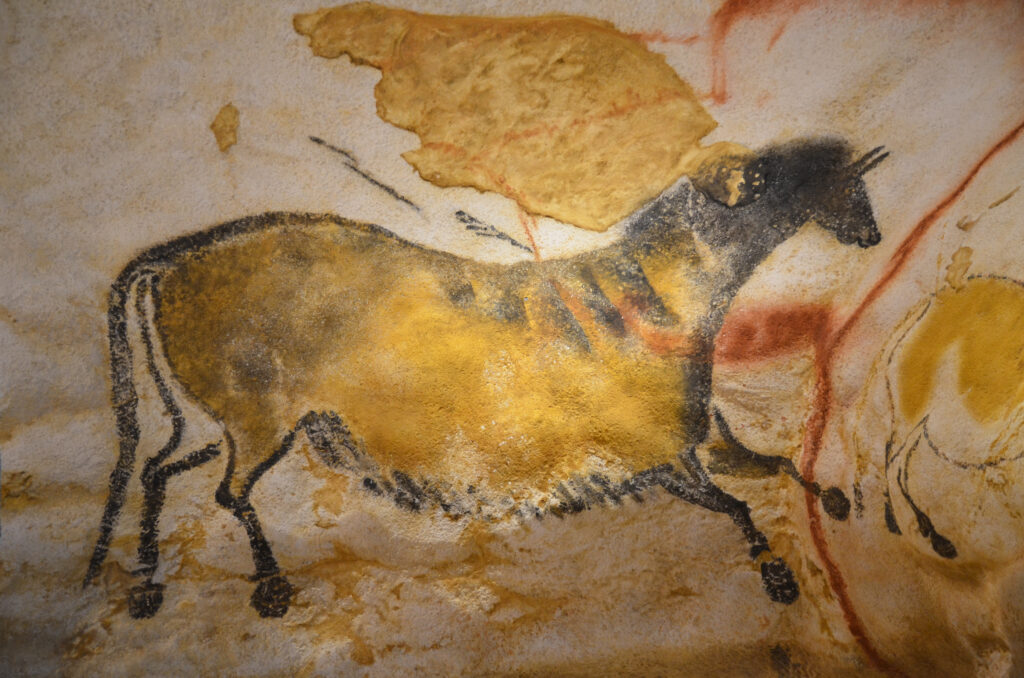
prehistoric drawing cave of lascaux representation of a horse world heritage
Would you want to visit a fake cave? Isn’t that like going on the Matterhorn ride at Disneyland and saying you’ve been to Switzerland?
In France, the answer is non. The French have created brilliant reproductions of three caves full of prehistoric art, each one so perfect you think you are in the real thing.
First is Lascaux, with its famous pot-bellied horses and “Sistine Chapel.” Then there’s Chauvet, with its spooky bear skulls on the ground, staring up at the lions and rhinos on the walls. And now a new cave has been opened in Marseille, with paintings of—astonishingly—penguins! It seems that during the Ice Age, all sorts of surprising animals lived in and around France.
I’ve written up a description of these three amazing caves, any one of which could be a highlight of your next trip to France.
Read all about it in Frenchly!

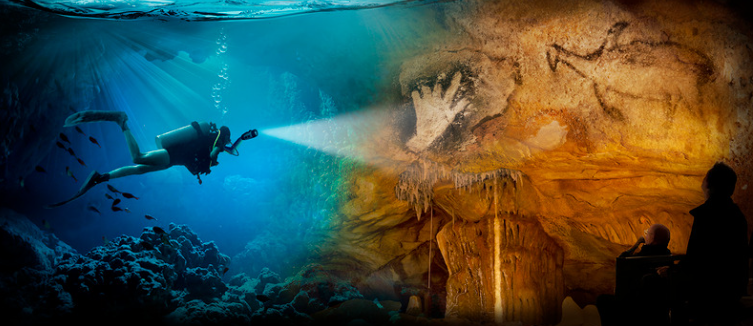
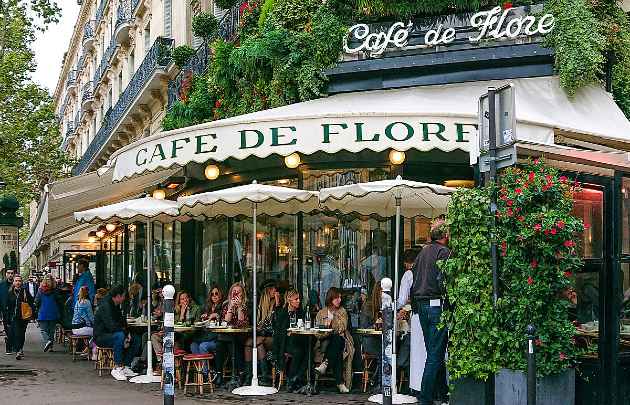 Have you ever dreamed of living abroad, sipping a glass of wine in a charming café, or maybe on a sandy beach?
Have you ever dreamed of living abroad, sipping a glass of wine in a charming café, or maybe on a sandy beach?
